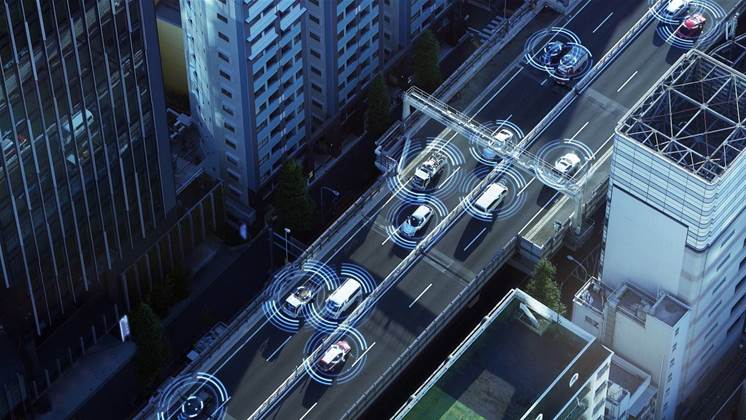The NSW government is set to incorporate ‘smart’ technologies into infrastructure and building projects in a bid to stimulate the economy and drive efficiencies by optimising asset use.

The state on Friday revealed its dual Smart Places Strategy and Smart Infrastructure Policy, building on the government’s ambition to make NSW “a digital capital”.
Sensors and other communications technologies will be embedded into infrastructure under the new policies, capturing data for government and public use.
The Smart Places Strategy will also serve to streamline policy and planning across all levels of government in the state, shaping legislation and guidelines for place owners, industry and government agencies in future smart initiatives.
The strategy outlines partnership structures and governance models for projects with stakeholders across different levels of government and the private sector, while directing investment to support market development and “address market failure so that no one is left behind”.
Commute times could be reduced by up to 20 percent, the government said, with the introduction of smart traffic signaling, real-time route planning and sensors on parking spots, while smart meters and real-time alerts on residential water use could potentially reduce waste by up to 30 percent.
Data obtained through the sensors will also be used to inform construction modelling to improve planning processes and reduce costs during construction phases.
More air quality sensors could also be deployed around the state under the strategy, giving health providers more localised information during events like the ‘Black Summer’ bushfires.
Customer Service minister Victor Dominello said the dual strategies would improve the quality of life for NSW residents and deliver an economic boost during the COVID-19 recovery phase.
“Whether it’s easing cost of living pressure for households, busting congestion or improving health outcomes for communities, technology is the new weapon in our arsenal,” he said.
“Data and precision modelling is just as important as bricks and mortar.
“Information is power and technology should be embedded in every major infrastructure project.”
Dominello pointed to other global hubs to have incorporated data and sensors in their infrastructure and strategies including Dublin, Barcelona and Boston, adding that NSW “cannot be spectators on the sidelines”.
NSW already has a number of smart infrastructure projects in place or underway, many of which are brought together under the Spatial Digital Twin that went live in February this year.


.png&h=140&w=231&c=1&s=0)

_(20).jpg&h=140&w=231&c=1&s=0)





 iTnews Executive Retreat - Security Leaders Edition
iTnews Executive Retreat - Security Leaders Edition












_(1).jpg&h=140&w=231&c=1&s=0)



